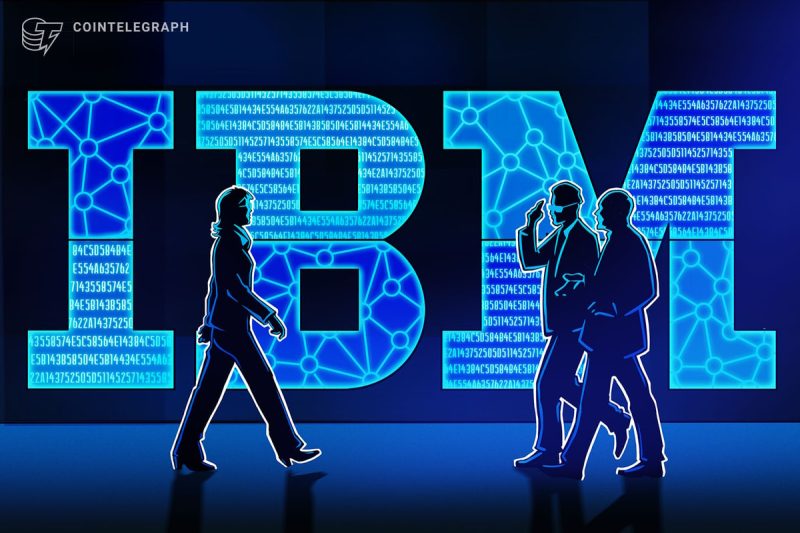[ad_1]

IBM lately launched a brand new “Light-weight Engine” for its WatsonX.ai service. Whereas it’s primarily geared toward “enterprise,” it might function an on-ramp to safe, in-house generative AI deployment for smaller companies trying to scale or mid-sized firms in burgeoning industries resembling fintech.
The generative AI market is, inarguably, the first catalyst behind the tech sector’s income progress within the first half of 2024. Simply ten years prior, few might have predicted the sheer dimension and scope of a sector largely pushed by the explosive recognition of enormous language fashions resembling OpenAI’s ChatGPT and Anthropic’s Claude.
Generative AI in monetary providers
Previous to the launch of ChatGPT, consultants within the AI and finance communities extensively noted that enormous language fashions resembling GPT-3 merely weren’t dependable or correct sufficient to be used on this planet of finance or wherever else the place there’s no margin for error.
Regardless of advances within the subject since ChatGPT’s 2023, the identical adage stays true: AI fashions educated for basic use, on public information, are as unpredictable as the data they’re educated on. To ensure that a generative AI mannequin to be greater than only a chatbot that may carry out some coding capabilities, fashions should be specialised.
JP Morgan Chase, for instance, lately purchased enterprise entry to OpenAI’s ChatGPT for its complete workforce of 60,000 workers that features fine-tuning on inside information and bespoke guardrails. It’s clear that even the monetary providers business is leaping aboard the generative AI practice.
Past chatbots
Whereas many common public-facing AI providers resembling ChatGPT provide enterprise-level choices, they are usually solely cloud based mostly. In industries the place regulatory and fiduciary duties require sure kinds of information to be insulated from the potential for exterior manipulation, such because the fintech and monetary providers industries, cloud-based AI options could not meet safety necessities.
IBM’s WatsonX.ai works with each cloud-based and on-premises options and, with the Light-weight Engine addition, fashions will be run and deployed on-site with a lowered footprint.
Cointelegraph requested IBM concerning the service’s functions and Savio Rodrigues, the corporate’s VP of Ecosystem Engineering & Developer Advocacy informed us:
“As companies add on-premises, they need the lightest weight platform for the enterprise to deploy and run their generative AI use instances, so they don’t seem to be losing CPUs or GPUs. That is the place watsonx.ai light-weight engine is available in, enabling ISVs and builders to scale enterprise GenAI options whereas optimizing prices.”
In fintech and different burgeoning industries — resembling mining, blockchain, and crypto-lending — the place off-site AI options could not go well with all of an organization’s safety wants, the flexibleness of a cloud-based and on-premises succesful resolution might spell the distinction between creating and deploying fashions internally or subscribing to a different agency’s resolution.
There are, nevertheless, plenty of competing providers with firms starting from Microsoft, Google, and Amazon, all the best way to startups targeted on constructing out bespoke AI options offering simlar providers.
Whereas a direct comparability of providers is past the scope of this text, IBM’s Light-weight Engine seems to stay as much as its identify. It is lowered footprint and elevated effectivity comes on the value of shedding some options solely be out there within the full weight model.
Associated: Apple used Google’s chips to train its AI — where does that leave Nvidia?
[ad_2]
Source link




